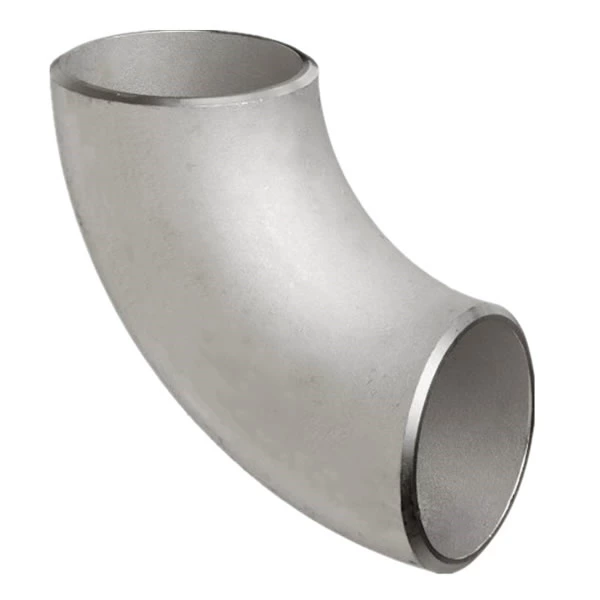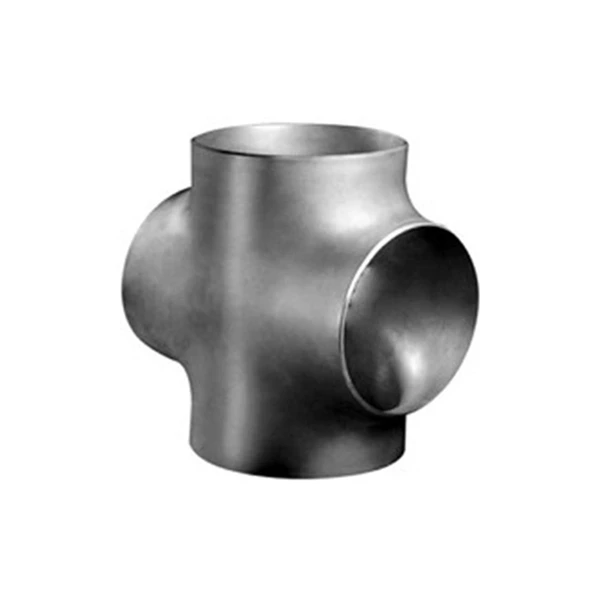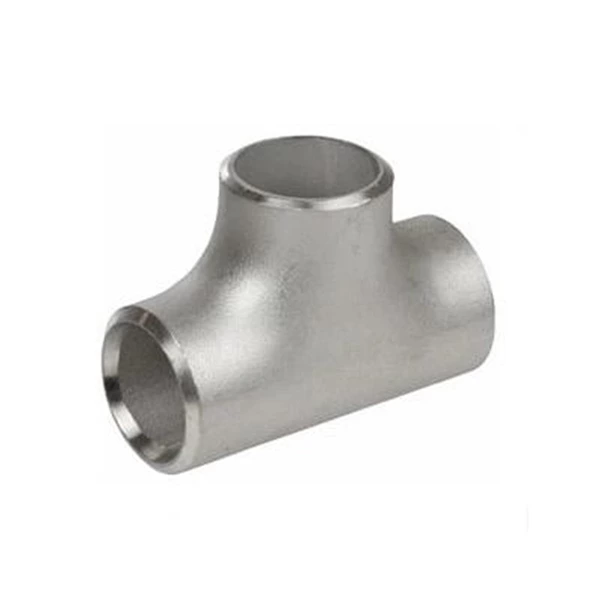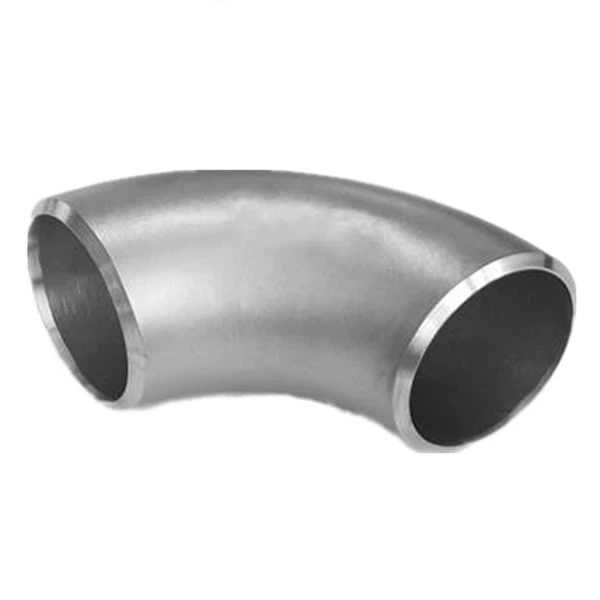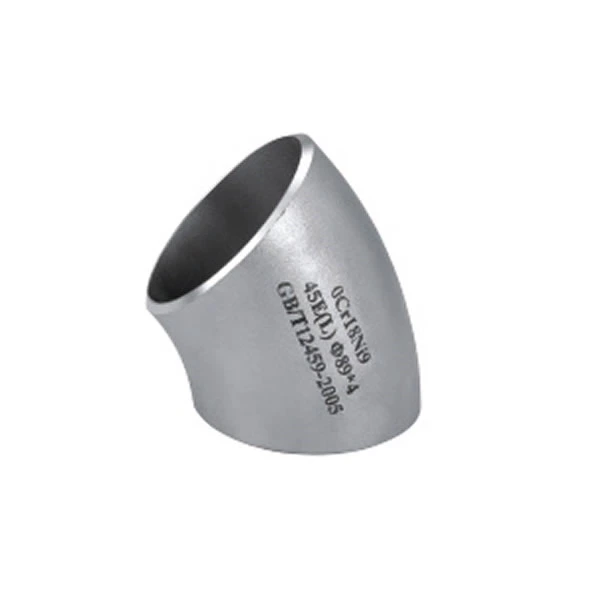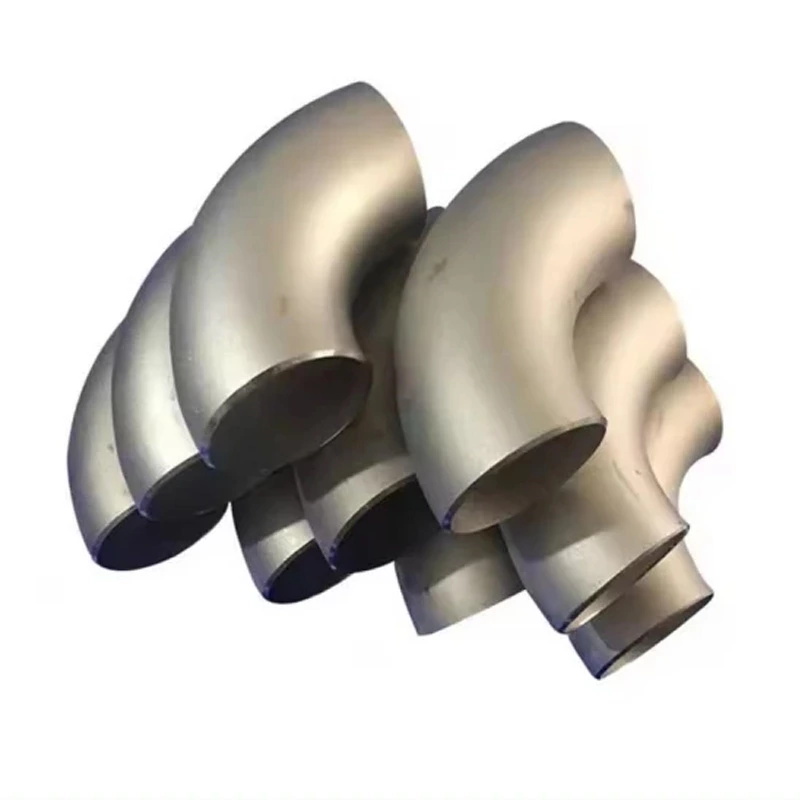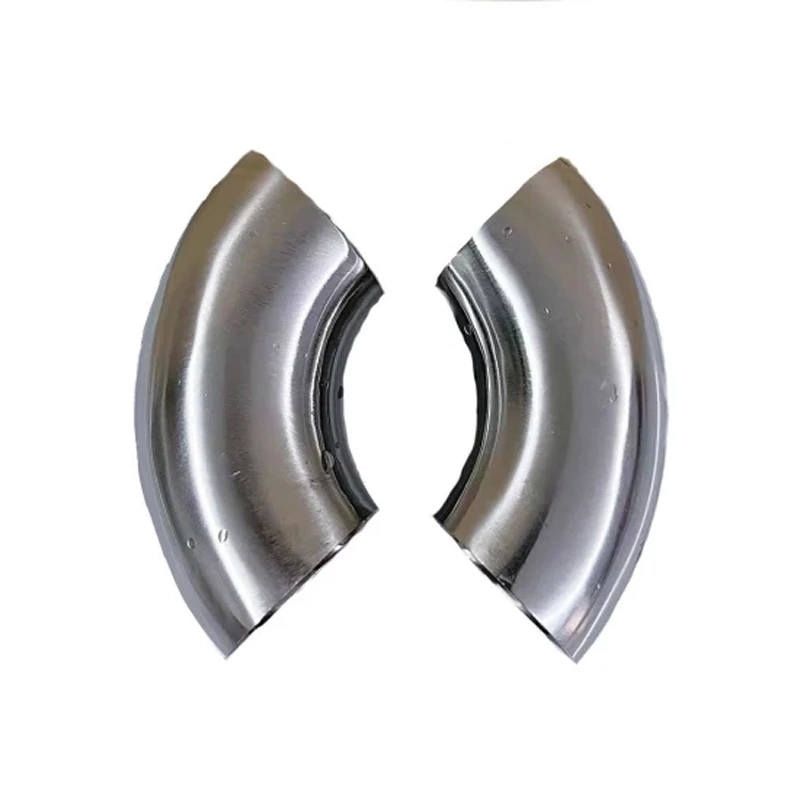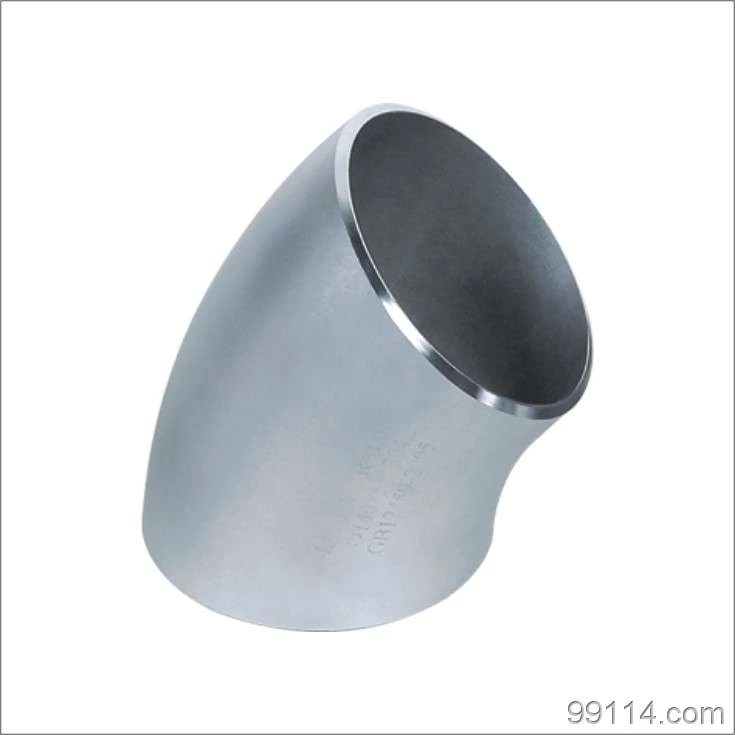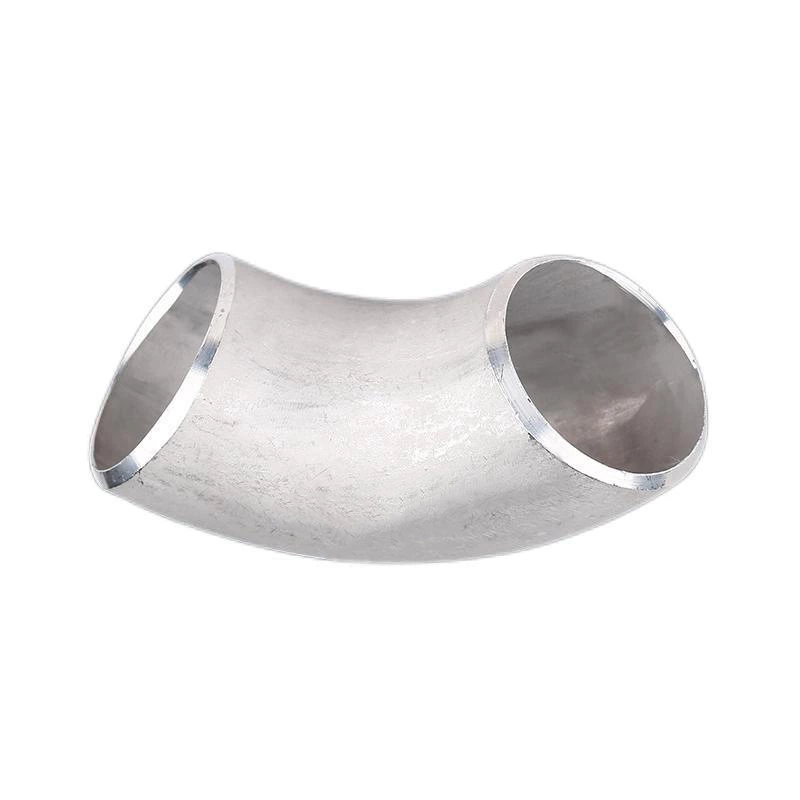Forming Process And Cleaning Method Of Stainless Steel Elbow
Stainless Steel Weld Elbow In the process of cleaning, it is necessary to use emulsions and solvents to clean the surface of the steel, so that the grease, degreasing and lubricant can be removed to a certain extent, but this method cannot remove rust, scale, welding, etc. on the surface of the steel. In the process of operation, it is necessary to use wire brushes and other tools to polish the surface of the product, which can remove the raised scale, rust, welding slag, etc. The rust removal of hand tools can reach Sa2 level. The elbow should be treated by chemical and electrolytic pickling. In this way, the elbow will only use chemical pickling of the elbow, which can remove scale, rust and old coating to a certain extent. Although the chemical cleaning of the elbow can achieve the best cleanliness and roughness of the surface to a certain extent, its anchor pattern is shallow, which will cause pollution to the environment. The product adopts spray rust removal, which is driven by a high-power motor to drive the spray blade to rotate. The pipe bending machine uses abrasives such as wire segments, steel shots, and steel sand to spray the surface of the pipe under the effect of centrifugal force. In the process of treatment, rust, oxides and dirt can be removed.
The bending of pipes by pipe bending machines is the same as the bending of sheets. In the case of bending, when a pipe with an outer diameter of D and a wall thickness of t is bent by an external moment M, the outer wall of the neutral layer is subjected to tensile stress σ1, and the wall becomes thinner. The inner wall of the neutral layer is subjected to tensile stress σ1, and the wall becomes thicker. Moreover, the shape of the cross section changes from a circle to an approximate ellipse due to the combined forces F1 and F2. When the deformation is too large, cracks will appear on the outer wall and wrinkles will appear on the inner wall. The degree of deformation of the pipe bending depends on the relative bending radius R/D and the relative thickness t/D. The smaller the R/D and t/D values, the greater the degree of deformation. To ensure the quality of pipe forming, the degree of deformation is controlled within the permitted range. The bending forming of pipes depends not only on the mechanical properties of the material and the bending method, but also on the use requirements of the pipes. The forming of pipes should include the following contents:
1. If the pipe has an ovality requirement, control the distortion of its cross section.
2. If the bent pipe has a strength requirement to withstand internal pressure, control the forming of thinning wall thickness.
3. The large elongation deformation in the tensile deformation zone outside the neutral layer does not exceed the plastic allowable value of the material and cause rupture.
4. In the compression deformation zone inside the neutral layer of the bent pipe, the thin-walled structure part under the tangential compressive stress will not exceed the instability and wrinkle.
Factors causing the quality of bent pipe products to decline:
1. When bending, the outer arm wall of the neutral layer of the bent pipe is thinned by the tensile stress &1 under the action of the external force moment M, and the inner side is thickened by the compressive stress. The combined forces N1 and N2 change the cross section of the pipe. Based on this factor, the main reason for the decline in the quality of the bent pipe is RX and SX. Therefore, GBJ235-82 clearly stipulates the RX value and the thinning amount of the outer side under various pressure levels, in order to control the value of RX and SX, thereby improving the quality.
2. As mentioned in the previous article, when bending the pipe, the material is pulled on the outside and compressed on the inside. The location of the neutral axis is different from the bending method. When the top bending (compression bending) works, the neutral axis is about 1/3 away from the outer wall. When the rotation bending (return bending) works, the neutral axis is 2/3 away from the outer wall. Therefore, it is beneficial to use the rotation bending method for thin-walled pipe bending.
3. The accuracy of the bending tire is also one of the factors affecting the quality of the bent pipe. When we manufacture the bending tire, in addition to controlling the specification and size requirements within the tolerance range, we also require users to select the corresponding bending tire according to the diameter of the bent pipe when using it.
4. The bendability and surface corrosion of the pipe itself may also affect the quality of the bent pipe. During on-site construction, the operator also needs to understand the material of the pipe being processed, the processing performance and make a judgment on the surface corrosion condition.
